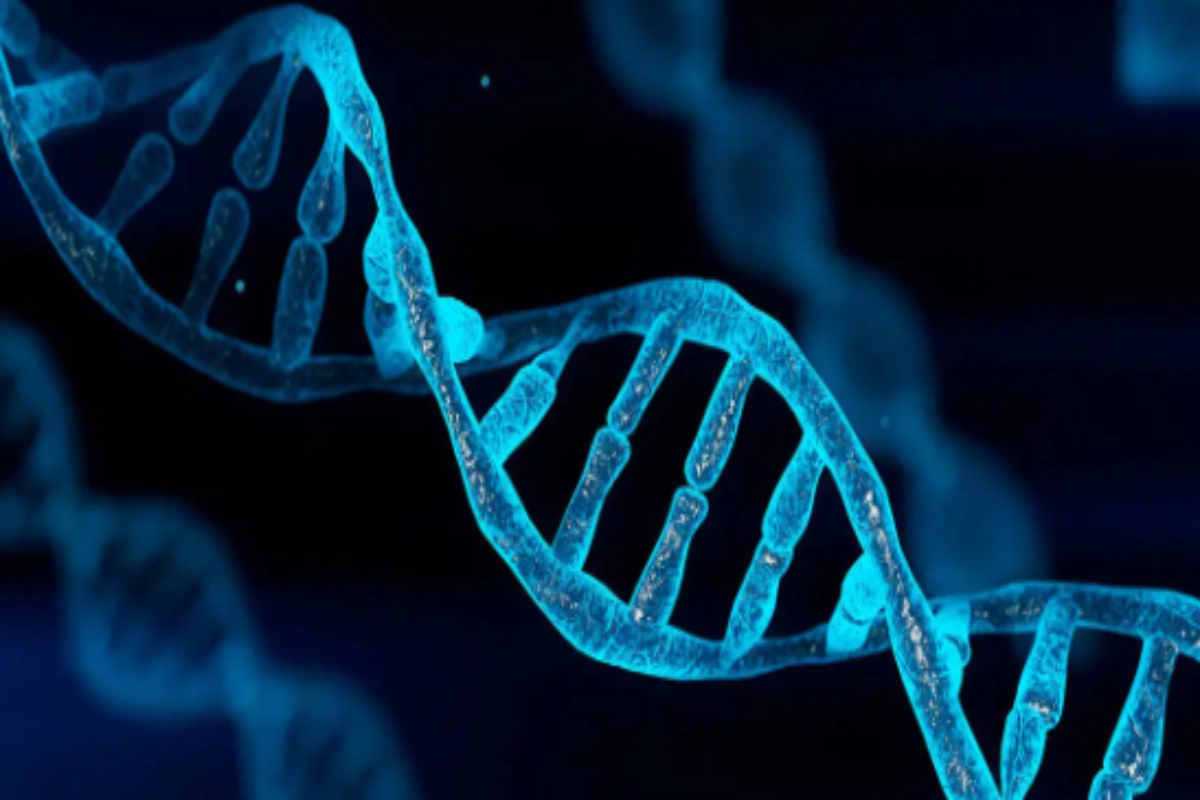Male Chromosome Shrinking: Human cells contain 23 pairs of chromosomes, which are like long strands of genetic information. One of these pairs determines whether a person is male or female. Females have two X chromosomes, while males have one X and one Y chromosome. The Y chromosome is crucial for male development because it carries the SRY gene, which helps form testes in the embryo. Recently, a study from the University of Kent has brought attention to a surprising fact: the Y chromosome is slowly disappearing. This raises an intriguing question: could men eventually face extinction?
The Role of the Y Chromosome in Male Development
Actually, the Y-chromosome is a male domiciliary factor and is born from the males from father to son. Nevertheless, it is not vital for the functioning of the basic organism. The X chromosome, as it has 900 protein-coding genes, has become a key element in the performance of many vital processes. On the other hand, the Y chromosome, as the only one of 100 protein-coding genes doest not have life-saving effects. During the time, the Y chromosome lost genes and has become smaller and smaller.
Millions of years ago, X and Y chromosomes had the same number of genes. Smoothly, the Y chromosome is the only one that has not a partner. The majority of the chromosomes are formed in pairs, that is, it allows them to exchange the genetic material and fix the damaged genetic material through genetic recombination. The Y chromosome does not have this ability which results in the accumulation of point mutations and leading it to shrink from generation to generation.
Resilience of the Y Chromosome
Despite that, the Y chromosome still displays some of its tenacity. A PLoS Genetics Danish study found that the Y chromosome developed special DNA sequences called palindromes. These palindromes act as a template for the reparation mechanism of damaged genes, using undamaged parts. The study also suggested that the Y chromosome might rearrange itself to keep sperm healthy.
Nonetheless, the Y chromosome continues being deteriorated. In some animals such as the Japanese spiny rat and mole vole, the Y chromosome is already gone. In these species, the SRY gene has shifted to another chromosome, but this new chromosome may still be subject to dysfunctions.
Y Chromosome Extinction and Its Implications
The topic of the diminishing Y chromosome in human reproduction becomes more and more pressing as its connection to the sperm cells is unarguably a vital one. Nevertheless, we cannot consider technologies like CRISPR will supersede nature-provided reproduction. Even so, researchers inform that Y chromosome gets extinct would be approximately in 4.6 millions of years from now. According to this estimate, the future will witness new methods of determining sex and reproducing for the next generations, or, maybe, birth of a new species.
Transcending our present days, the topic of the baby Y chromosome being reduced motivates us to think about the probable evolutionary changes in human biology and reproduction. Although the present scenario is such that the problem is not an immediate threat, it is a springboard for interesting speculations in science and the future of our species.
